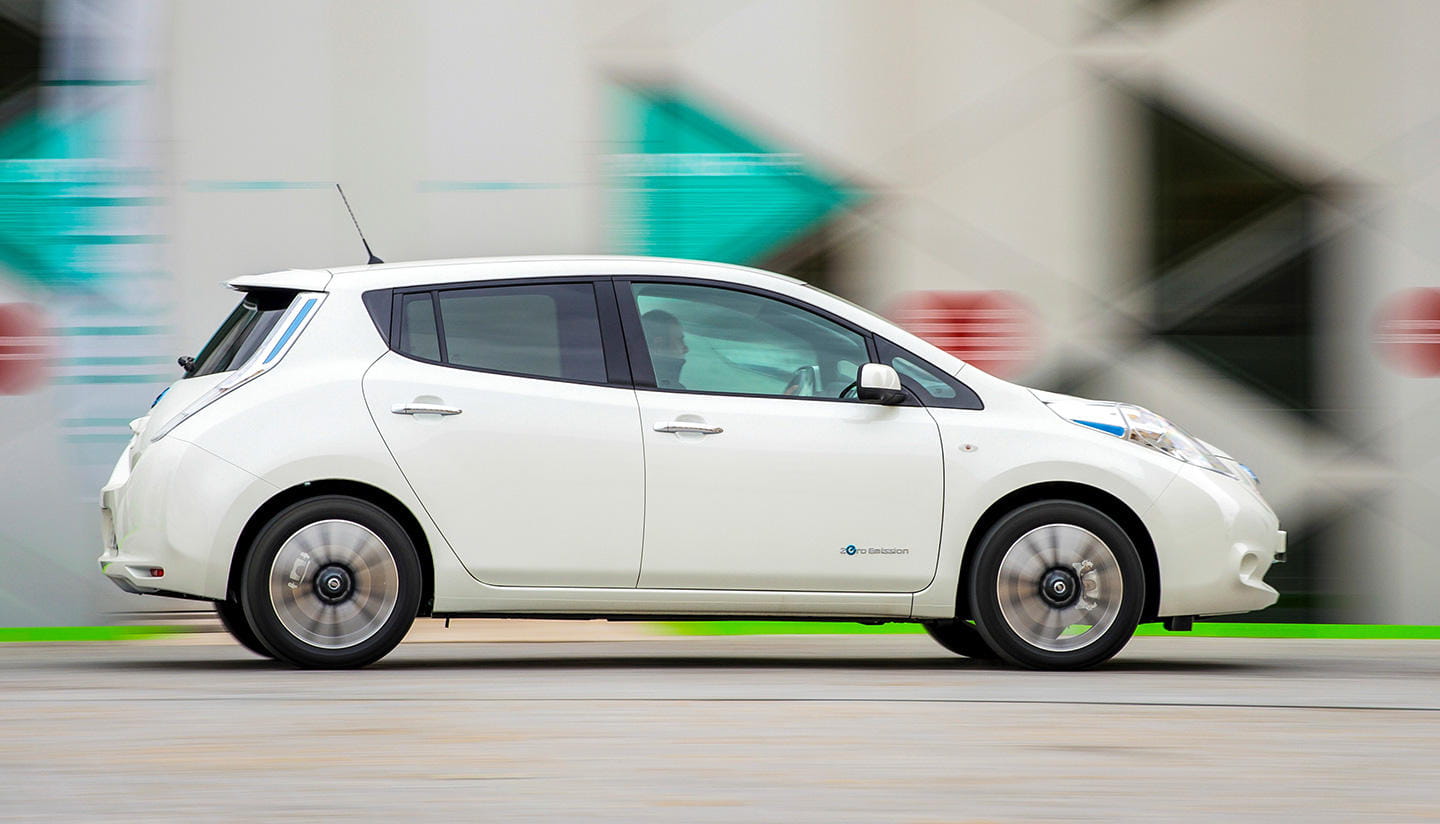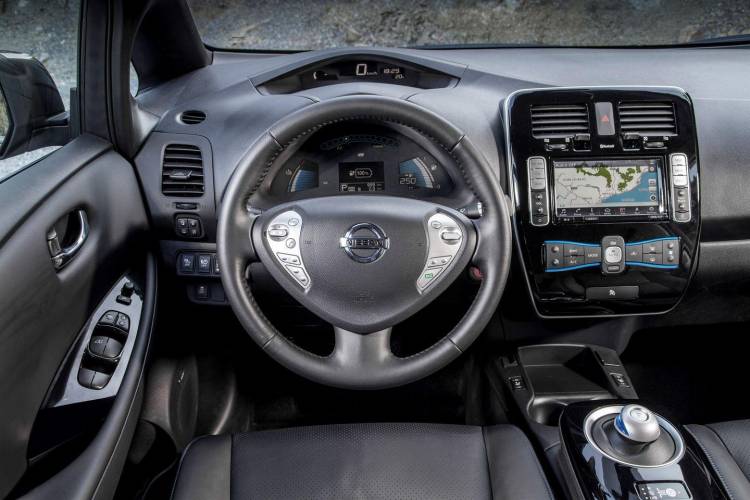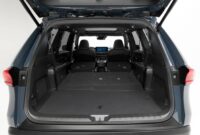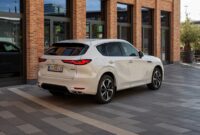That High speed is one of the great enemies of electric cars It’s no mystery, especially for older and/or modest vehicles. However, no less interesting is the experiment that we are echoing today, a test where it has been sought squeeze the battery of a Nissan Leaf MK1 by driving it at the maximum possible speed. The end result is obviously predictable, but the process leading up to the inevitable battery drain is extremely interesting, if not for those who suffer from range anxiety.
Our colleagues from AutoTrader have proposed to do a peculiar test at the controls of a first-generation Nissan Leaf, an electric car that was a pioneer and bestseller, but whose performance today, even more so being a used electric car of around 115,000 km, they are quite fair. So much so that This test starts with a Leaf that despite having a full battery (although already somewhat degraded), barely marks an estimated autonomy of 107 km. Let us also remember that the first generation Leaf approved 160 km and that this test takes place at a time when the outside temperature is -3º C.
We should never squeeze the battery of an electric to the maximum, it can lead to a dangerous situation for us and the rest of the drivers
The objective of this test is check how far this Nissan Leaf is capable of traveling with full throttle on an oval trackthus seeking to circulate at the maximum possible speed, take the energy of the batteries to the limit and discover what happens in an electric as we are running out of energy.
And the result speaks for itself. The end of this test occurs after just 34.7 km, although during the tour the testers set out to boost the consumption of the Leaf, not only demanding the maximum of its benefits, but also activating all possible consumers (lights, heating, wipers, etc.). The curious thing about this whole process is to see how the Nissan Leaf is reducing its power and speed as the battery loses capacitythus demonstrating that staying stranded is possible, but before this situation occurs we will have had several warnings about such a critical outcome.
In addition, we must take into account that Most electric cars, once they reach battery percentages below 10%, try to protect us and the vehicle by limiting performance in order to reduce consumption as much as possible and thus allow us to reach a safe place to recharge… or park if we don’t have any recharging point nearby.





